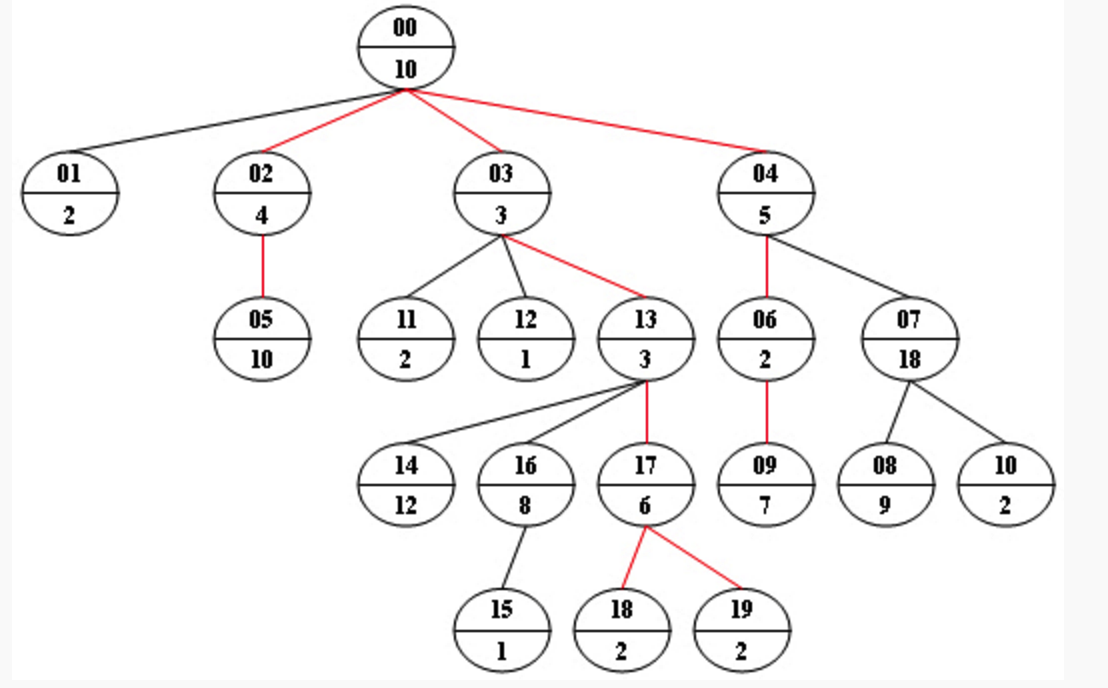If a machine can save only 3 significant digits, the float numbers 12300 and 12358.9 are considered equal since they are both saved as 0.123*105 with simple chopping. Now given the number of significant digits on a machine and two float numbers, you are supposed to tell if they are treated equal in that machine.
Input Specification:
Each input file contains one test case which gives three numbers N, A and B, where N (<100) is the number of significant digits, and A and B are the two float numbers to be compared. Each float number is non-negative, no greater than 10100, and that its total digit number is less than 100.
Output Specification:
For each test case, print in a line “YES” if the two numbers are treated equal, and then the number in the standard form “0.d1…dN*10^k” (d1>0 unless the number is 0); or “NO” if they are not treated equal, and then the two numbers in their standard form. All the terms must be separated by a space, with no extra space at the end of a line.
Note: Simple chopping is assumed without rounding.
Sample Input 1:
3 12300 12358.9
Sample Output 1:
YES 0.123*10^5
Sample Input 2:
3 120 128
Sample Output 2:
NO 0.120*10^3 0.128*10^3
题目大意:给出两个数,问将它们写成保留N位小数的科学计数法后是否相等。如果相等,输出YES,输出他们的科学记数法表示方法。如果不相等输出NO,分别输出他们的科学计数法
分析:
1. cnta 和 cntb 通过扫描字符串得到小数点所在的下标(初始化cnta cntb为字符串长度,即下标为strlen(str))
2. 考虑到可能前面有多余的零,用 p 和 q 通过扫描字符串使 p q 开始于第一个非0(且非小数点)处的下标
3. 如果cnta >= p ,说明小数点在第一个开始的非0数的下标的右边,那么科学计数法的指数为cnta – p ; 否则应该为cnta – p + 1; 字符串b同理。
4. 如果 p 和 q 等于字符串长度, 说明字符串是 0, 此时直接把 cnta(或者cntb)置为0,因为对于0来说乘以几次方都是相等的,如果不置为0可能会出现两个0比较导致判断为它们不相等
5. indexa = 0开始给新的A数组赋值,共赋值n位除去小数点外的正常数字,从p的下标开始。如果p大于等于strlen,说明字符串遍历完毕后依旧没能满足需要的位数,此时需要在A数组后面补上0直到满足n位数字。indexb同理,产生新的B数组
6. 判断A和B是否相等,且cnta和cntb是否相等。如果相等,说明他们用科学计数法表示后是相同的,输出YES,否则输出NO,同时输出正确的科学计数法
注意:
– 10的0次方和1次方都要写。
– 题目中说,无需四舍五入。
– 数组开大点,虽然只有100位,但是很有可能前面的0很多导致根本不止100位。一开始开的110,几乎没有AC的任何测试点。。后来开了10000就AC了~
|
1 2 3 4 5 6 7 8 9 10 11 12 13 14 15 16 17 18 19 20 21 22 23 24 25 26 27 28 29 30 31 32 33 34 35 36 37 38 39 40 41 42 43 44 45 46 47 48 49 50 51 52 53 54 55 |
#include <iostream> #include <cstring> using namespace std; int main() { int n, p = 0, q = 0; char a[10000], b[10000], A[10000], B[10000]; scanf("%d%s%s", &n, a, b); int cnta = strlen(a), cntb = strlen(b); for(int i = 0; i < strlen(a); i++) { if(a[i] == '.') { cnta = i; break; } } for(int i = 0; i < strlen(b); i++) { if(b[i] == '.') { cntb = i; break; } } int indexa = 0, indexb = 0; while(a[p] == '0' || a[p] == '.') p++; while(b[q] == '0' || b[q] == '.') q++; if(cnta >= p) cnta = cnta - p; else cnta = cnta - p + 1; if(cntb >= q) cntb = cntb - q; else cntb = cntb - q + 1; if(p == strlen(a)) cnta = 0; if(q == strlen(b)) cntb = 0; while(indexa < n) { if(a[p] != '.' && p < strlen(a)) A[indexa++] = a[p]; else if(p >= strlen(a)) A[indexa++] = '0'; p++; } while(indexb < n) { if(b[q] != '.' && q < strlen(b)) B[indexb++] = b[q]; else if(q >= strlen(b)) B[indexb++] = '0'; q++; } if(strcmp(A, B) == 0 && cnta == cntb) printf("YES 0.%s*10^%d", A, cnta); else printf("NO 0.%s*10^%d 0.%s*10^%d" , A, cnta, B, cntb); return 0; } |
